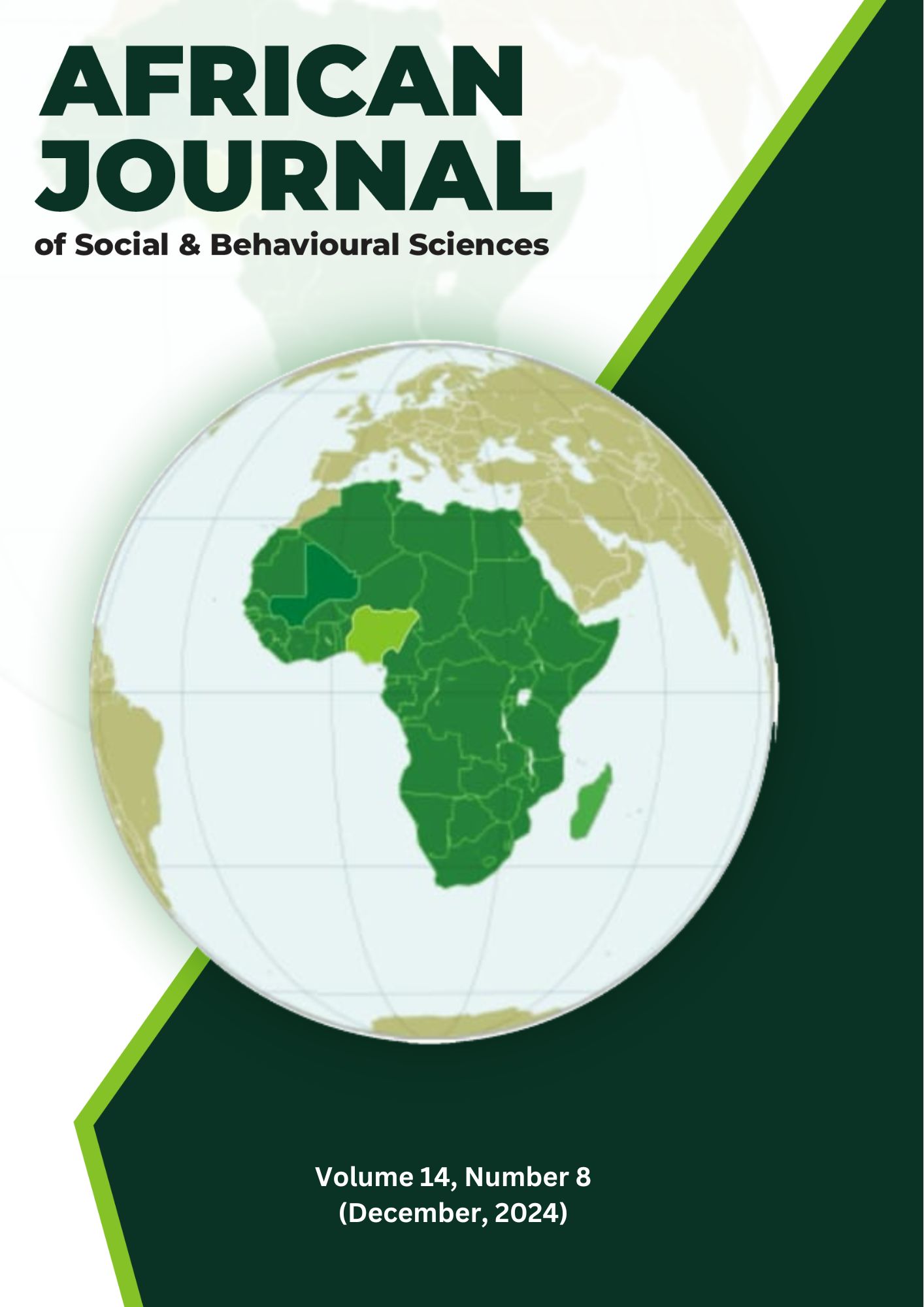BROADCAST MEDIA COVERAGE OF 2022 FLOOD IN OGUTA AND OHAJI/EGBEMA LGAs, IMO STATE
Keywords:
Broadcast Media, Flood, Disaster Stories, Reportage, StrategiesAbstract
The thrust of this study was to evaluate broadcast media stations’ reportage of
flooding in Nigeria, using Oguta and Ohaji/Egbema LGAs of Imo State as reference points.
The study anchored on the Framing theory adopted the content analysis method to evaluate
flood disaster stories in NTA, Owerri and IBC, Owerri. 244 programme guides of the two
stations from July 2022 to October 2022 were chosen. A sample size of 56 was determined
using the composite or construct week method. Findings showed that the main format usually
adopted by the broadcast media for reportage of flood disasters was the Straight news; the tone
of flood disaster stories evokes fear and panic; the quality of flood stories covered were
unbalanced; the broadcast stations do not adequately cover the causes, impact, and strategies
to curb flood disasters in their reportage. Recommendations were that NTA, Owerri and IBC,
Owerri, as well as other broadcast media in Nigeria, should minimise the use of straight news
and adopt more feature presentations/documentaries, opinions/interviews; their news and
reports of flood disasters should be framed and presented in such a way that it would instil
hope, trust and preparedness, not evoke fear, panic, and anxiety, to the people; they should
avoid “afghanistanism” and balance their news reportage; and there should be a synergy
between the broadcast media, Federal and State emergency and rescue agencies to warn and
educate the public about flood disasters.


